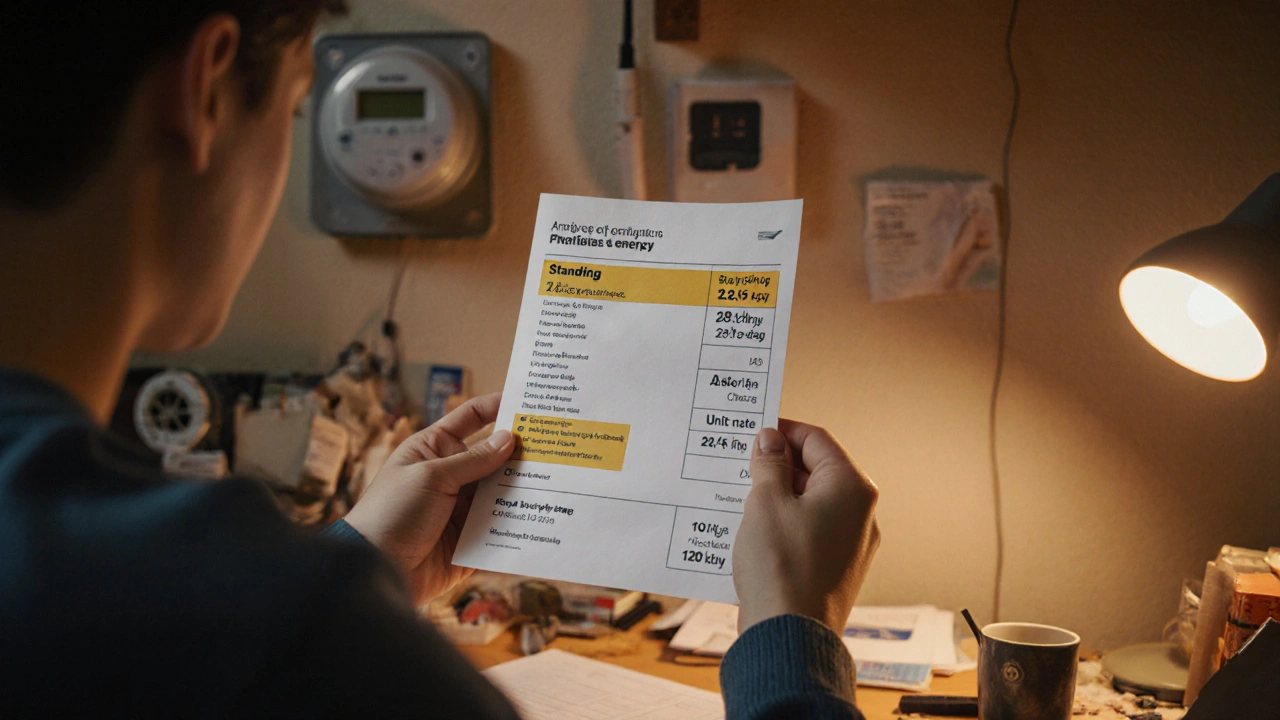Unit Rates Explained: How to Calculate and Use Them for Student Budgeting
When you're trying to decide between a 500g pack of pasta for £1.20 and a 1kg pack for £2.10, you're not just picking pasta—you're dealing with unit rates, the cost of one standard unit of a product, like per gram, per liter, or per hour. Also known as price per unit, it's the simplest way to see what you're really paying—no marketing tricks, no bulk illusions. Most students don’t think about unit rates until they’re staring at a shelf full of options and wondering why the bigger package isn’t always cheaper. But once you get it, you start saving money everywhere: on cereal, phone plans, bus tickets, even energy bills.
Unit rates tie directly into student budgeting, the practice of tracking income and expenses to avoid running out of money before term ends. If your rent is £600 a month but you don’t know how much that is per week, you can’t plan groceries or social spending. Same with your train ticket: is a weekly £30 pass better than paying £4.50 each way? That’s a unit rate problem. And it’s not just about big purchases. Think about your phone data—£10 for 5GB is 2p per GB. £15 for 10GB is 1.5p per GB. The math is simple, but the savings add up fast.
Knowing how to calculate unit rates also helps you spot when a deal isn’t a deal. That ‘buy one get one free’ offer? Maybe the price per item went up. The £10 pack of 12 toilet rolls? Check the cost per roll. You’ll find students who save hundreds a year just by comparing unit prices at the supermarket. It’s not about being cheap—it’s about being smart with limited cash. And it’s not just shopping. When you’re comparing energy suppliers, you’re looking at unit rates per kWh. When you’re deciding between a monthly bus pass and pay-as-you-go, you’re doing the same math.
You don’t need a calculator to get good at this. Most stores now show the price per unit right on the shelf label. If they don’t, just divide the total price by the quantity. A 750ml bottle of shampoo for £5.99? That’s about £0.80 per 100ml. A 1L bottle for £7.50? That’s £0.75 per 100ml. The bigger one wins—by 5p. Multiply that by everything you buy, and you’re talking real money.
And it’s not just about saving. Understanding unit rates builds financial literacy, the ability to make informed decisions about money, from budgeting to borrowing. It’s the kind of skill that sticks with you long after uni ends. You’ll use it when renting your first flat, comparing internet deals, or even figuring out if your part-time job pays enough per hour. It turns you from someone who just spends money into someone who controls it.
Below, you’ll find real guides from UK students who’ve used unit rates to cut costs on food, travel, bills, and more. No theory. No fluff. Just how they did it—and how you can too.
How to Read UK Energy Bills as a Student: Understand Unit Rates, Standing Charges, and Usage
Published on Oct 19
0 Comments
Learn how to read your UK energy bill as a student - understand unit rates, standing charges, and usage to save money and avoid overpaying on gas and electricity.
